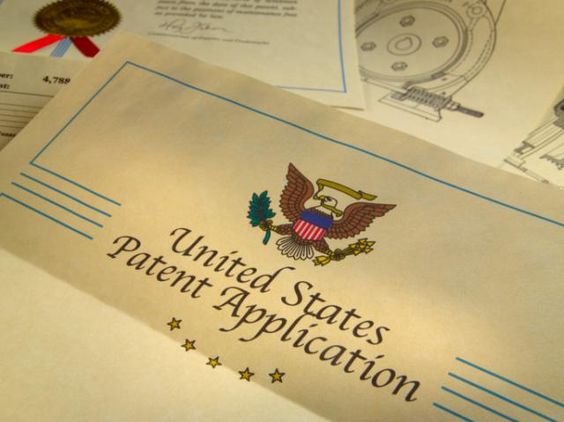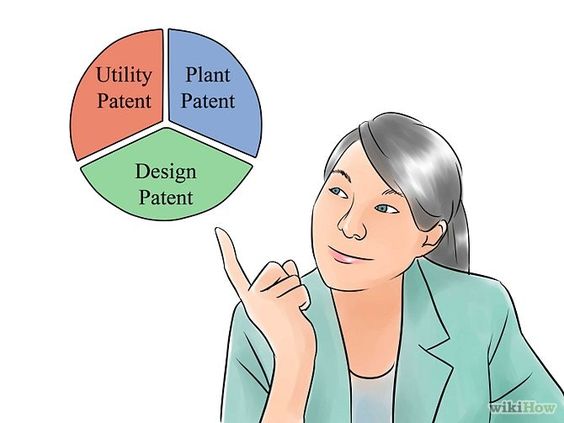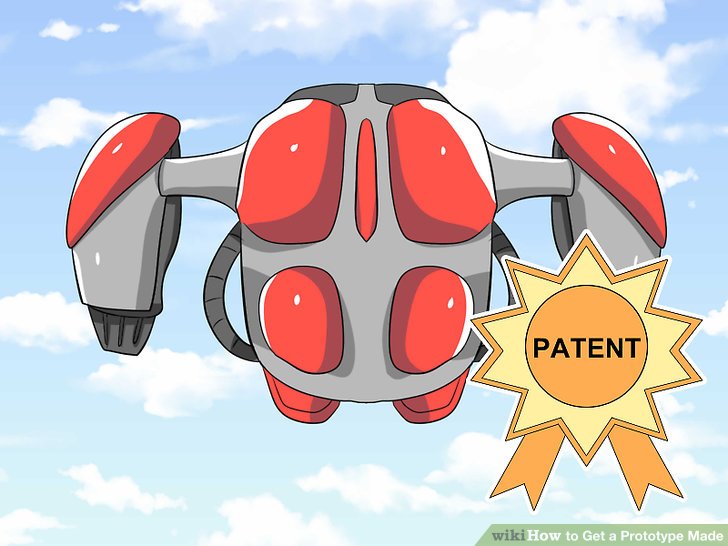
Have you ever felt a stroke of lighting hit your brain and thought, “wow…that’s a million-dollar idea”? If you’re anything like me, you’ve had that experience, but have no idea how to actually create and market it. Sound familiar? Well, for the innovator inside us all, here are the steps you need to know to turn your idea into a patent — so you can make the next idea a reality.
1. Write it Down
The first thing you need to do is write your idea down. Write down your idea, sketch it out, and document how you came up with this idea. Along the way as you refine it, write all of that down, too. Keeping good records will give you the proof you need that the idea is yours. Plus, your notes will help you in your creative process. Make corrections, improvements, and document everything — even your mistakes. Also, it’s a good idea to have two reliable witnesses sign and date your work. Just make sure you can trust these people and have them sign a non-disclosure agreement to make sure your idea stays yours.

2. Do Your Homework
When you have a great idea, it’s important to put it through a vetting process. Make sure it’s eligible for a patent under the law (inventions, designs, etc). Also make sure your idea is new, has real-world usefulness, and is un-obvious to others. Part of this process must be a patent search to make sure your patent will be totally unique.

3. Create a Prototype
You should have a working prototype of your invention or design before you apply for a patent. This gives you a tangible item to present to potential investors or licensees. Plus, it’ll help you identify any potential problems before you obtain a patent. During this process, you may also find there are certain features or elements of your invention that are patentable themselves.

4. Create Your Application
After you’ve done everything above, you’re prepared to file your application for a patent. Be aware that the process can be expensive…from $5,000 to well over $15,000, depending on the complexity. You may need to find an investor to help you pay for your patent application. You’ll also need to decide whether you’re applying for a utility, design, or plant patent. Most likely, you’ll choose utility. You may also want to file a provisional patent first. This provisional application will establish an early filing date and give you a patent pending status.

5. Time to File
Your Regular Patent Application (RPA), is required to obtain an actual, legal patent that protects your design or invention. To be approved, your patent application must contain descriptions and diagrams that demonstrate how the invention is used and made, explain why it’s different from anything else, and specify exactly what aspects of your invention or design should be patented. You can file your own application, but it’s strongly recommended that you use a Registered Attorney or Agent.


Leave a Reply